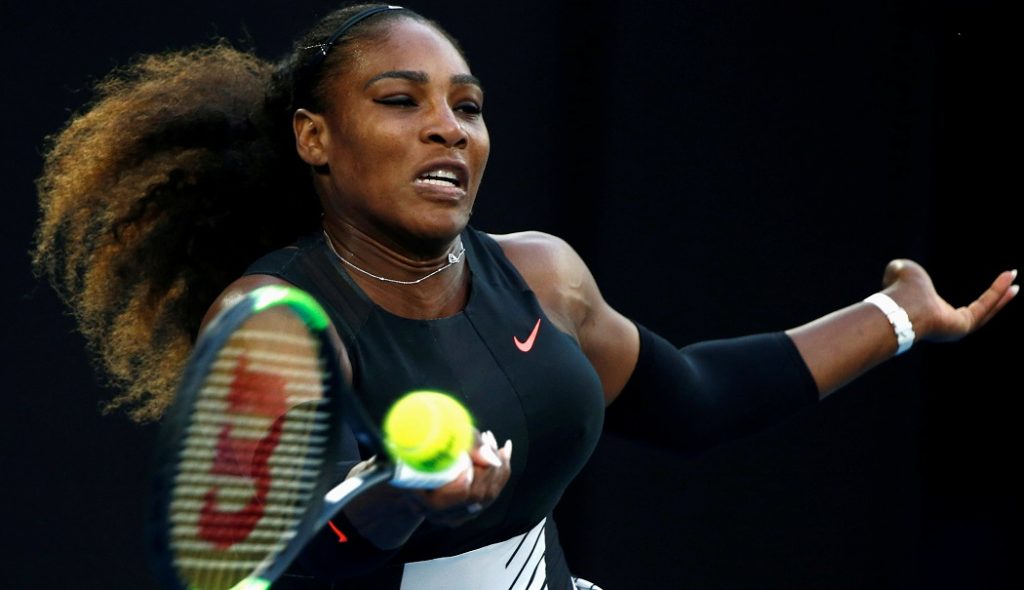The changing landscape of Women’s Tennis
September 15, 2022
In this article, Thomas Inskip, Head of Sport & Fitness at The PHA Group, looks into the future of Women’s Tennis, the stars of tomorrow that are taking centre stage today and what that means for sponsorships.
The landscape of women’s tennis is currently going through one of their biggest transitions ever with the retirement of one of the greatest sporting stars of all time, Serena Williams. Despite being 40 years old and ranked 605th in the world prior to this year’s US Open, most of the talk across both the men’s and women’s tournament revolved around Serena, who was bidding to end her career with an incredible 24th Grand Slam.
Serena is irrefutably the biggest star in the female game, who sold out Arthur Ashe Stadium for her first-round match within a ‘nanosecond’ according to tournament director, Stacey Allaster (CBS News). Given this was her swansong, it begs the question where and how the next star from the women’s game will emerge.
For the last ten years, there has not been enough women who have consistently stayed at the top of the game winning grand slams on a regular basis, apart from Serena of course. Before the US Open, the last seven grand slams saw seven different female winners, which from the outset might appear exciting and unpredictable to the casual tennis fan, but for the future of the sport, building and maintaining loyal fanbases may prove a lot trickier.
For the women’s game to move forward, it’s important we start seeing big rivalries forming between the players at the top of the game. Between 1999 – 2015, Serena built up some of the game’s most intense clashes, none more so than with her sister Venus Williams, but also with the likes of Maria Sharapova, Justine Henin and Jennifer Capriati among others. Repeated rivalries and familiarity are what draws fans in across all sports. El Clásico between Real Madrid & Barcelona is the most watched football game in Spain without question, as are matches like Manchester United vs Liverpool in England, while in tennis terms, matches between Roger Federer and Rafael Nadal were always the most eagerly anticipated contests that drew the most eye-balls to the sport.
Looking at the current landscape of women’s tennis, it’s difficult to think how the game might entice new viewers without rivalries beginning to develop. The top 10 ranked women have only won four grand slams between them, while the top 20 ranked women have only won six. Current world number one and recent winner of this year’s US Open, Iga Swiatek, has had an incredible 2022 having achieved the longest win streak in the 21st century (37 matches) aside from her Grand Slam triumphs both in France and USA and at just 21 years old, she appears to be the obvious heir to Serena Williams in taking the women’s game to new heights.
This year’s Roland Garros may have presented a glimpse of the future, with the final being contested by 21-year-old Swiatek and 18-year-old Coco Gauff, but the Pole has won all three meetings between the pair in straight set victories. Having said that and still only a teenager, Gauff is widely tipped as one of the game’s future stars and her appearances in three Grand Slam finals across both singles and doubles would have given her good big-match experience to take into her later years as a professional. Britain’s hopes for the future are pinned on 19-year-old Emma Raducanu, who may also be considered as a potential rival to Swiatek in the coming years. Her incredible maiden win at the US Open in 2021 has lifted expectations considerably and despite a turbulent 2022, that experience of winning a major will put her in good stead going forwards.
Developing rivalries and more eyes on the women’s game can also create huge commercial earning opportunities for the players. The Forbes list of highest-earning female athletes is always dominated by tennis players, with Naomi Osaka, Serena Williams, Venus Williams, Garbine Muguruza and Ashleigh Barty all listed in the top ten highest earners in 2021. However, comparing that to the nine tennis players that featured in 2020’s list could be a sign of declining interest into the sport.
Swiatek is beginning to reap those rewards having secured partnerships with brands such as Rolex, Lexus and Red Bull but despite her number 1 status, she’s not quite a household name yet as the Williams’ sisters were. Winning grand slams on a regular basis may change that narrative but competing in thrilling finals and developing ‘Fedal’-esque rivalries could see the landscape of women’s tennis change for the better.



